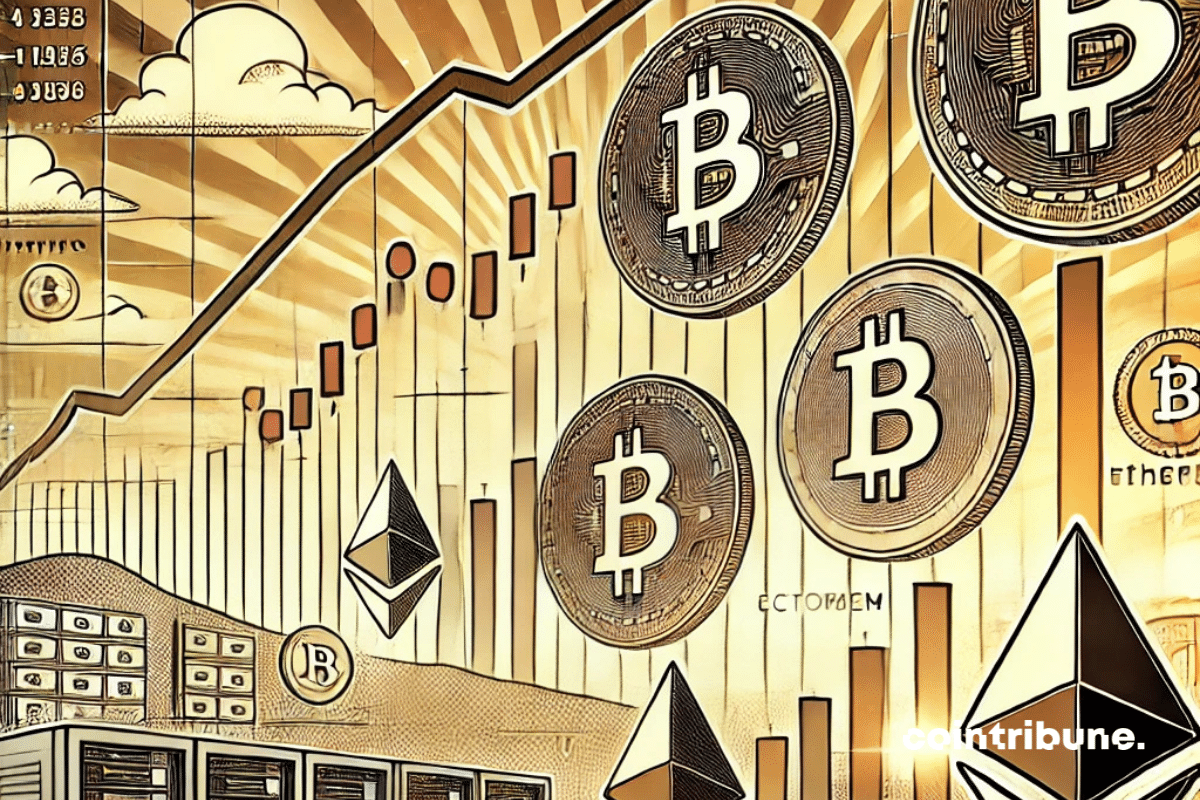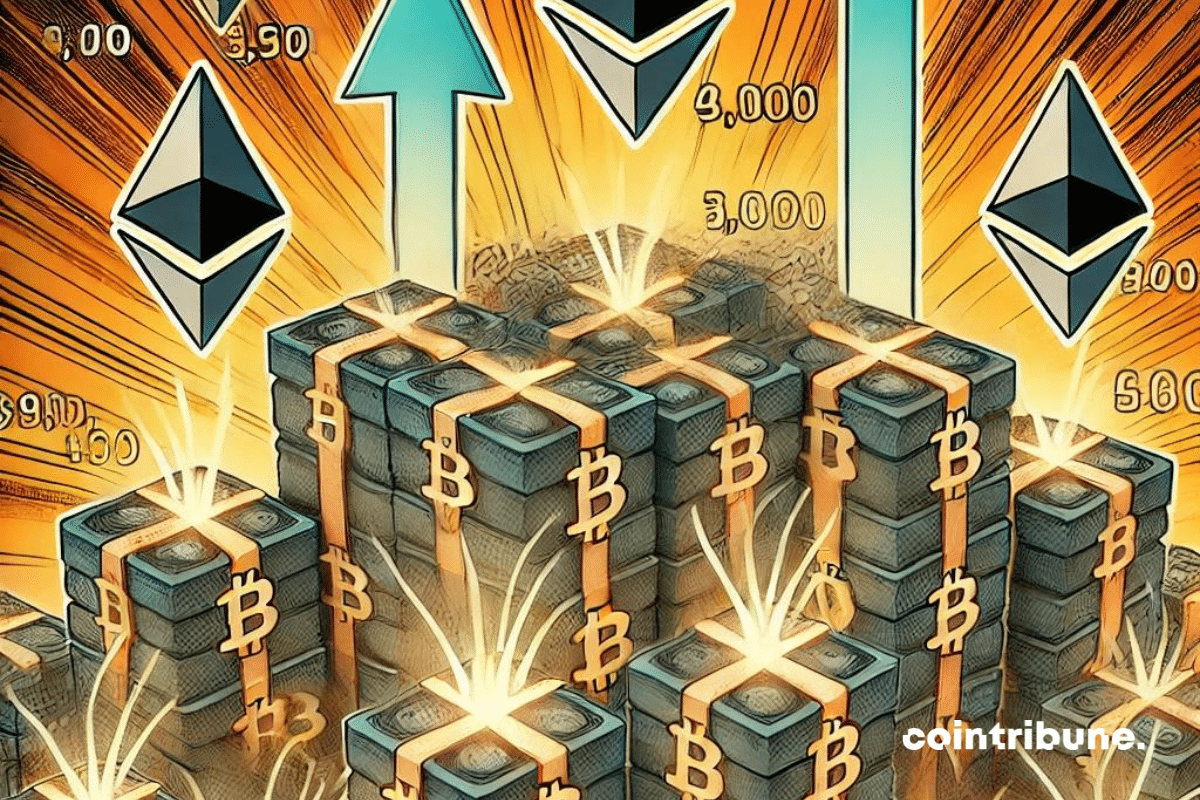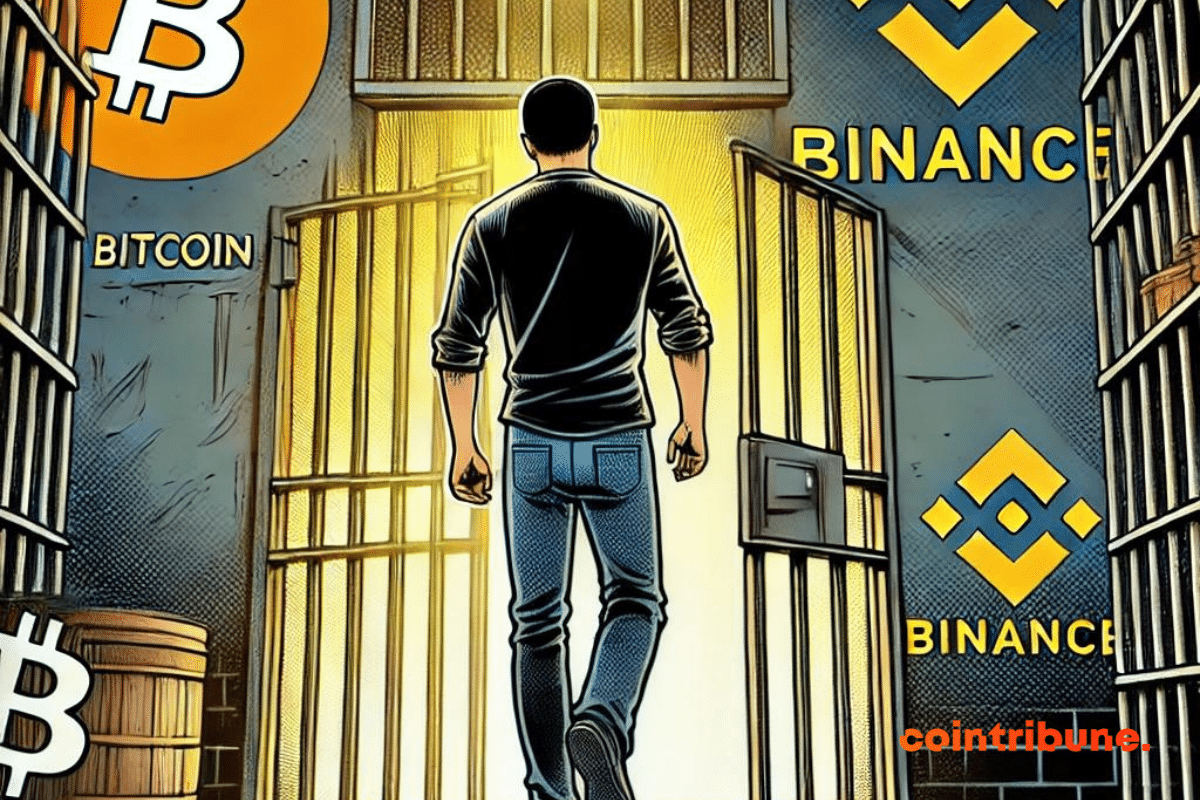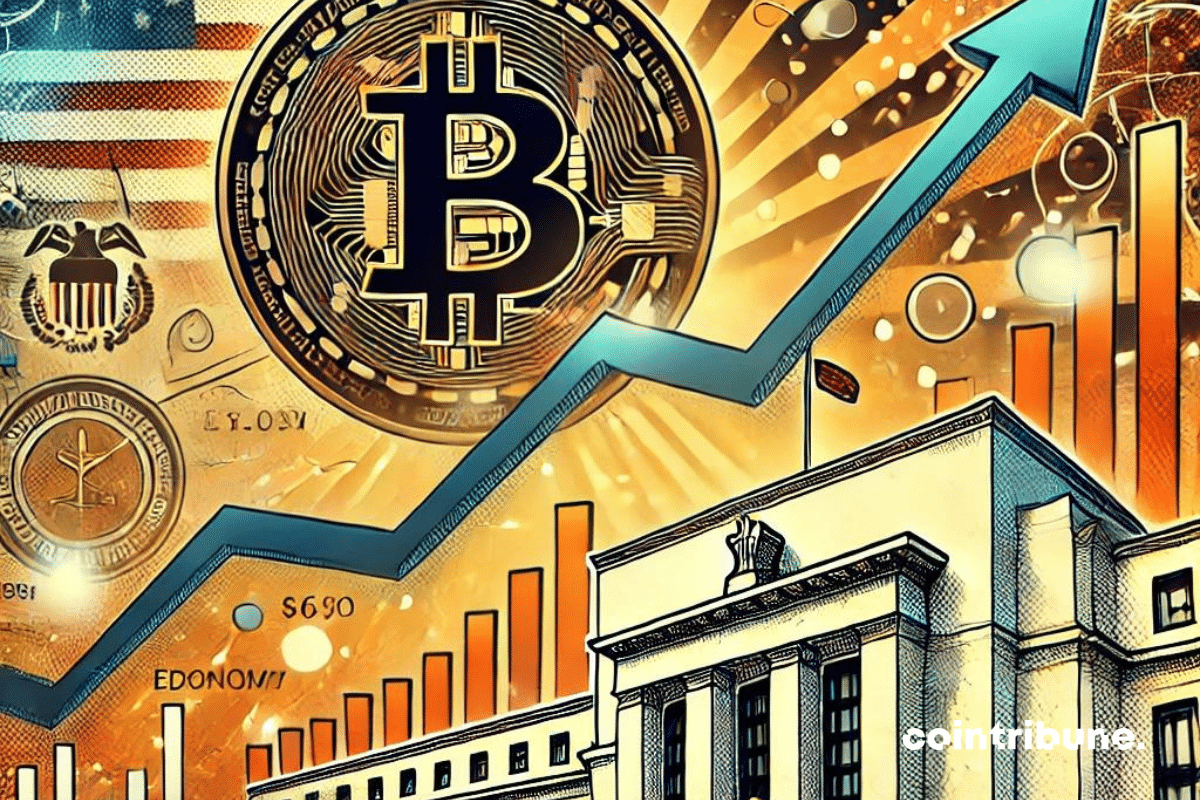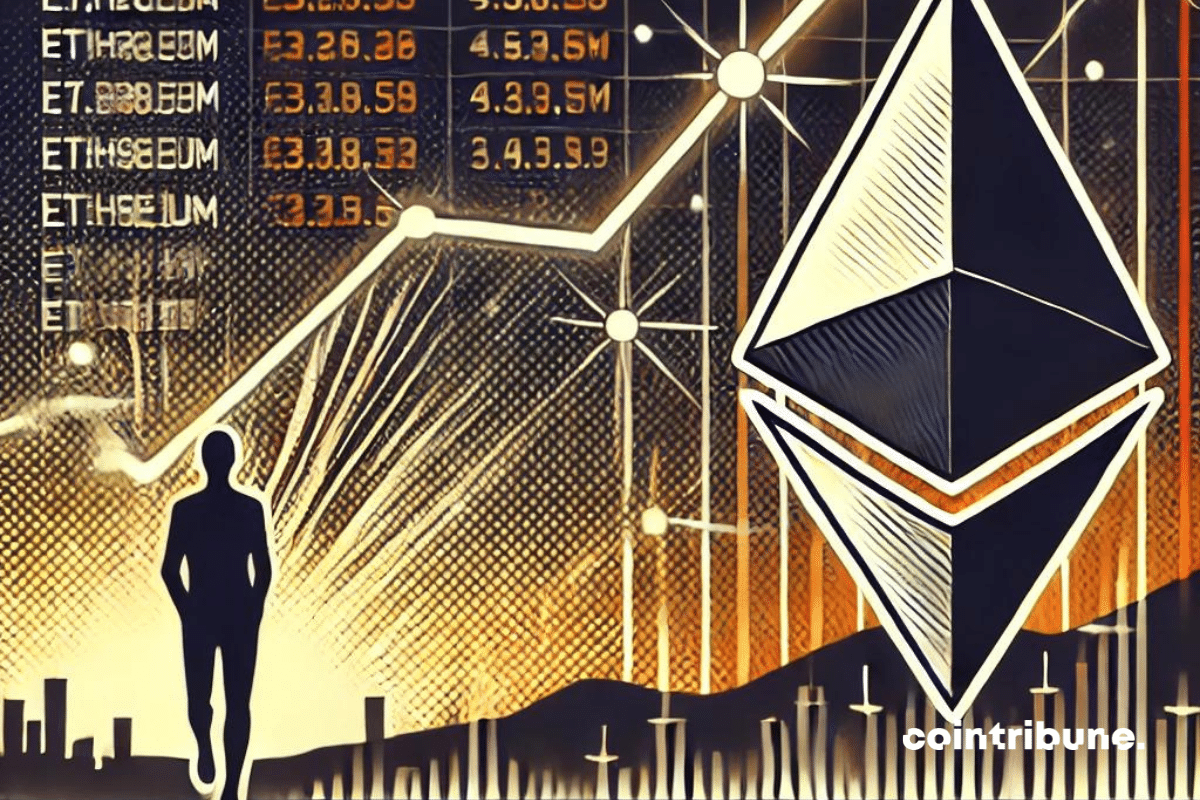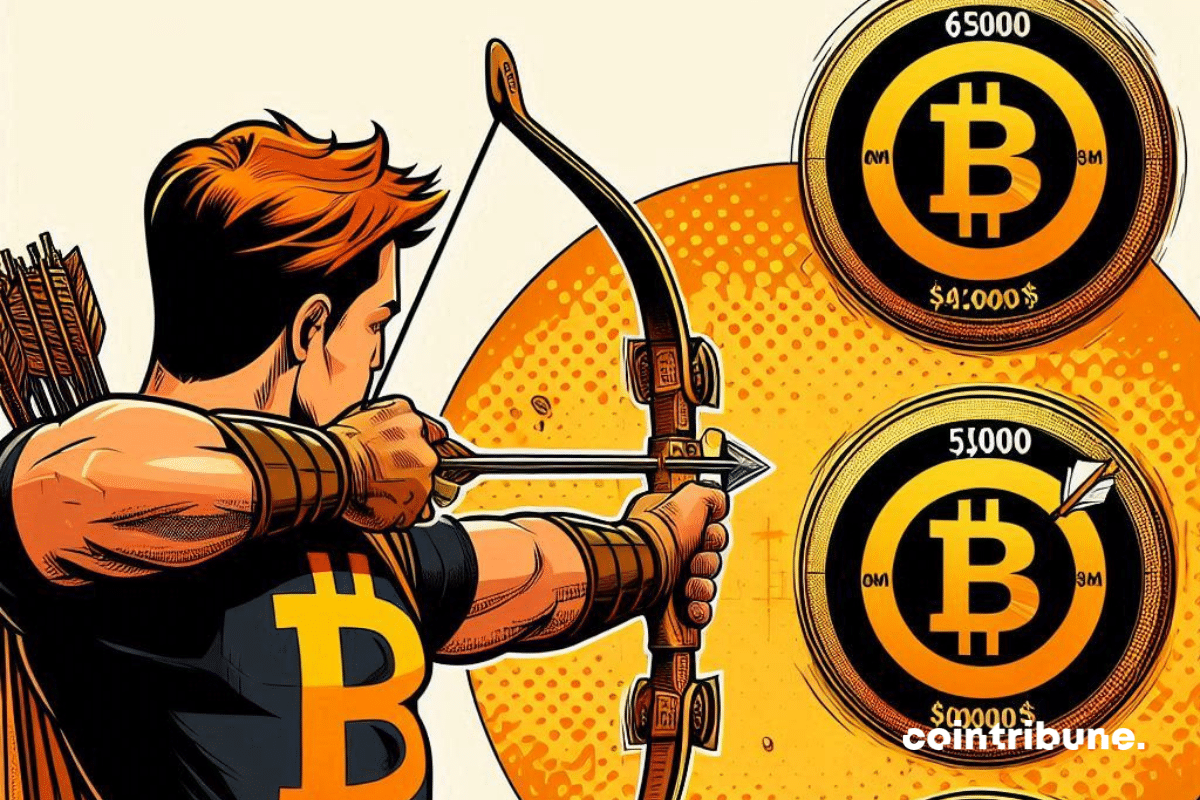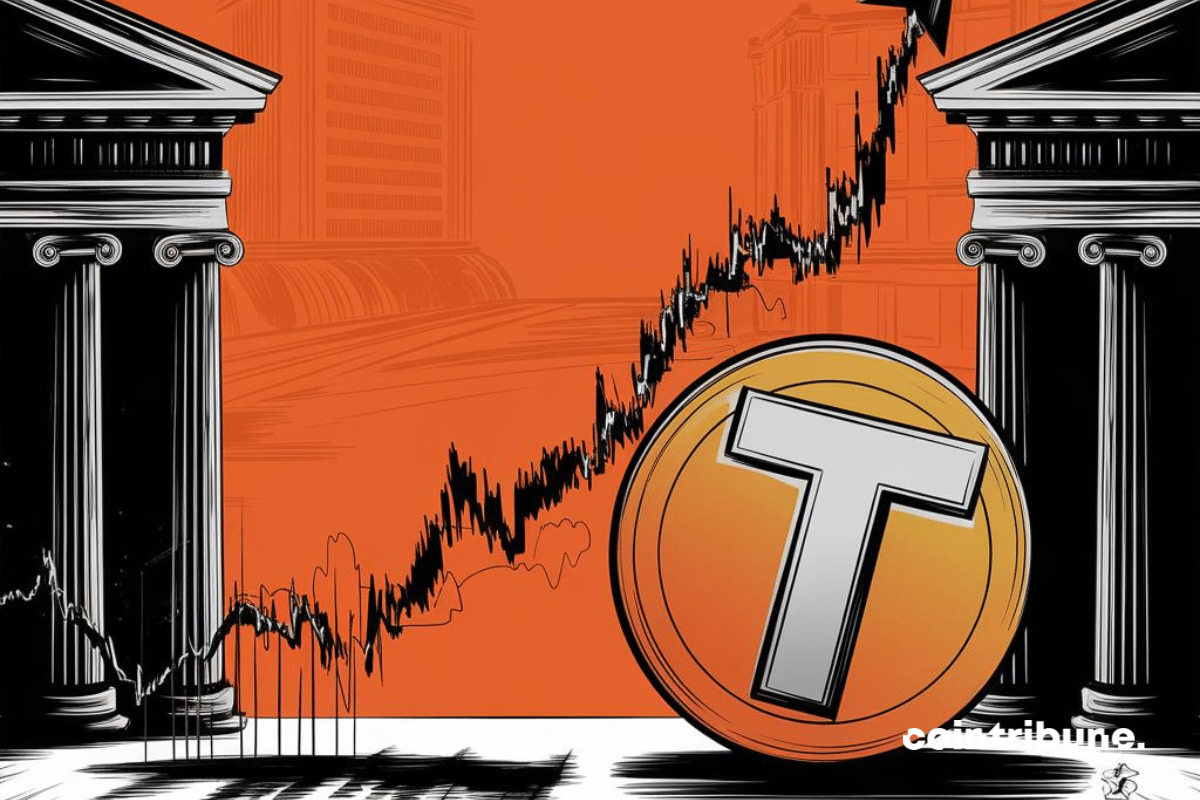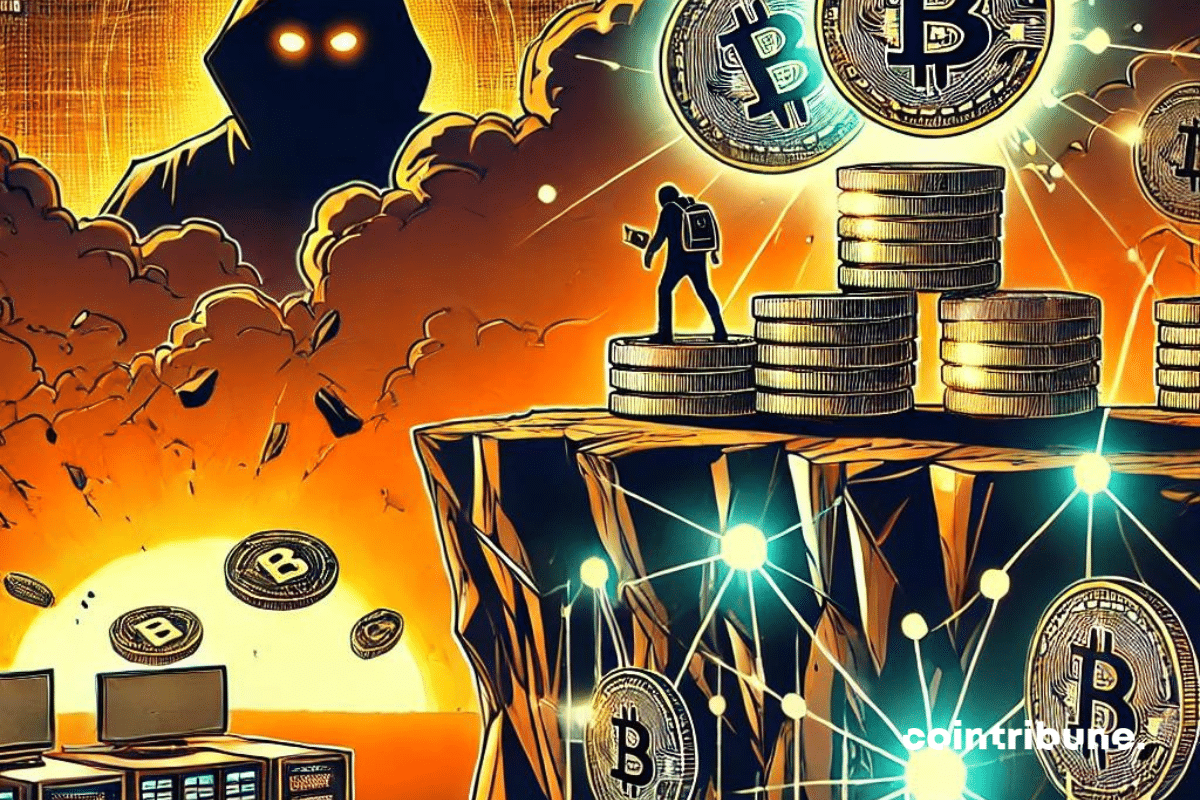After a difficult day on Monday, the S&P 500 rebounded on Tuesday, benefiting from the drop in oil prices. This rebound was well received by stock investors, who had been concerned about the recent increases in energy prices and bond yields.
Theme Trading
In a volatile context, JPMorgan analysts identified in a report the key elements likely to influence the upcoming weeks for Bitcoin, Ethereum, and the entire crypto market. These observations are particularly relevant at a time when regulation, monetary policies, and technological advancements converge to reshape an ever-changing ecosystem.
Bitcoin is increasingly establishing itself as an essential player. While individual investors were the first to jump into the crypto race, it is now large financial institutions that are turning massively to Bitcoin ETFs (exchange-traded funds). This major shift in market dynamics reveals much more than just a passing craze for cryptocurrencies. It marks a profound evolution in the way investors perceive and adopt these new asset classes.
The conflict between Israel and Iran, reignited by a series of military attacks, is shaking the region as well as global markets, particularly the crypto market. In a context where volatility is often the watchword, Bitcoin seems to be more sensitive than ever to geopolitical events, experiencing a new drop of 4% on October 4, which draws the attention of investors worldwide.
The latest statement from Charles Hoskinson, founder of Cardano, has had a shockwave effect. Hoskinson, a regular in animated debates on social media, has confidently reaffirmed that Cardano is still the benchmark for decentralization. This publication comes as the project continues to hit key milestones in its roadmap. However, while some members of the community support this vision, others are more skeptical, particularly due to the stock performance of ADA.
Are your crypto investments not yielding much in the past few weeks? How about pocketing 1000 dollars for free by participating in a contest right now? Well, that's what the Ledgity protocol is offering in collaboration with Cointribune. Let's talk about this article.
As the dawn of the American presidential elections on November 5, 2024 approaches, the crypto market is preparing to face a period of high volatility, with Ether (ETH) at the forefront. Unlike Bitcoin (BTC), which is considered a relatively stable safe haven, ETH is drawing increased attention due to its close ties with the decentralized finance (DeFi) ecosystem. As investors scrutinize potential regulations that could follow the election of a pro-crypto or anti-crypto candidate, they predict extreme price movements.
Bitcoin miners are in a critical situation, with revenues plummeting to levels not seen in over a year. September was particularly brutal, with only $816 million generated by all miners. But that's not all. Transaction fees have also dropped, reaching a historic low of $13.86 million. A catastrophe that threatens the entire network?
The Bitcoin market may be on the brink of entering an unprecedented era. For the first time since its inception, the flagship crypto is 100 days ahead of its traditional bullish cycle, paving the way for a potential "supercycle." This acceleration, highlighted in the latest CoinMarketCap report, could disrupt usual predictions and signals a possible surge in prices well before initial expectations.
The famous trader Peter Brandt has just issued a warning that sends chills through the crypto world. According to him, Bitcoin could soon plunge into a prolonged bearish trend, based on a mysterious trading model called "the three blind mice."
As the end of the year approaches, all eyes are on Bitcoin, whose historical and current performances are sparking intense debates within the crypto community. Indeed, after a notable drop of 7% from its last local peak, investors view this correction not as a threat, but as an opportunity. Thus, Bitcoin's key metrics seem to be "resetting", which could prepare the crypto for a major movement in the last quarter of 2024.
Solana seems to be drawing all the attention again, as the volumes of its decentralized applications (DApps) soared by 46% in just a week. In a market where projects sometimes struggle to maintain their momentum, this performance could herald a new dynamic for the network, particularly for its native cryptocurrency, SOL. At a time when the altcoin sector is undergoing a widespread correction, Solana stands out for its resilience, advanced technology, and growing adoption.
The American economy is going through a pivotal phase, where every word spoken by the Federal Reserve Chairman, Jerome POWELL, is scrutinized with particular attention. Indeed, he has expressed cautious optimism about the possibility of reducing inflation to 2%, the Fed's target. This statement is not only crucial for traditional markets, but it could also be the catalyst for a new major rally in Bitcoin.
A combination of global economic fears and speculation surrounding a potential bubble in the artificial intelligence (AI) sector is shaking Bitcoin, leading to a loss of investor confidence. Yesterday, September 30th, Bitcoin recorded a drop. This decline is merely a symptom of a deeper malaise affecting the entire crypto market. Amid fears of a global recession and speculation about tech bubbles, investors are watching every move with apprehension.
Small traders have deserted the Bitcoin ship, leaving the whales to play among themselves without making too many waves.
Ethereum, the second largest blockchain in the world, is once again in the spotlight. As its network continues to gain popularity, particularly due to the rise of decentralized finance (DeFi) platforms, a recurring issue has resurfaced: the surge in transaction fees. Indeed, with record volumes on decentralized exchanges (DEX) and an exponential increase in the number of active addresses, Ethereum is facing growing congestion that directly impacts its users.
The Paris Stock Exchange is retreating! Investors are waiting for key economic data this week that could influence the market.
Traditional finance is closely monitoring the fluctuations in the crypto market. These last few days could well redefine the future of these assets in the United States. Indeed, Bitcoin ETFs based in the land of Uncle Sam have experienced a record week, with over $1.1 billion in inflows. These figures reflect the increased confidence of institutional investors, as well as the growing influence of Bitcoin-backed financial products in American portfolios.
As the cryptocurrency market begins a new phase of acceleration, Ethereum seems to be at the center of attention. The second-largest cryptocurrency by market capitalization has just crossed significant technical levels, generating renewed interest among investors and analysts.
As the battle for supremacy between Bitcoin (BTC) and Ethereum (ETH) continues to dominate discussions within the crypto community, a new element is changing the game. Analyst Leon WAIDMANN from the Onchain Foundation has revealed that Ethereum may have greater growth potential than Bitcoin in the context of transitioning to spot Exchange-Traded Funds (ETFs). This analysis is based on data from Grayscale's products, a leader in crypto management, which has recently converted its trusts into ETFs.
The early return of Changpeng ZHAO, founder of Binance, to the forefront after his surprise release on Friday, September 27, 2024, has shaken the crypto market. After serving a prison sentence for regulatory violations, CZ is released two days ahead of schedule, which immediately impacted the prices of Bitcoin and BNB. This release comes at a time when Binance, the global leader in crypto exchanges, is trying to recover from sanctions imposed by U.S. authorities.
Decentralized exchanges (DEX) have just reached a new decisive milestone in the crypto universe, despite a global economic context in full turbulence. While centralized exchanges are under pressure, decentralized platforms like Uniswap, Pancakeswap, and others are seeing their popularity and trading volumes soar. This marks a major transition within the crypto ecosystem, where decentralization is gaining more and more ground in light of concerns regarding the security and transparency of traditional platforms.
Financial markets are holding their breath as all eyes turn to the upcoming key economic indicators from the United States and statements from the Federal Reserve. This is not just a fleeting fluctuation for Bitcoin, but a decisive day that could well influence its price in the short term. After a 2% rebound that brings it back above $64,000, BTC finds itself at a crossroads. Uncertainty is palpable as investors eagerly await the release of the second quarter GDP and speeches from Fed officials, which could provide important clues about the health of the American economy and the future direction of the markets.
While Bitcoin maintains its position around $63,000, its dominance in the crypto market shows signs of weakness. This situation, far from being trivial, could represent a major development for the crypto market. Indeed, the gradual decline in Bitcoin's market share seems to pave the way for a rise in altcoins, these alternative cryptos that, in parallel, are achieving remarkable performances.
Stock markets are reacting to the rise in oil prices, driven by the Federal Reserve's interest rate cuts.
As the market goes through a volatile period, XRP, Bonk, and Dogecoin are at the center of attention for various reasons. XRP, after its partial victory against the SEC, is rekindling hope among investors, although the shadow of a potential appeal continues to loom. Meanwhile, Bonk, an emerging player in the Solana ecosystem, and Dogecoin, the iconic memecoin, are struggling to maintain their technical support in the face of uncertain market dynamics.
As the crypto market continues to fascinate with its dynamism and unpredictability, Ethereum, a pillar of decentralized finance, is at the heart of a new enigma. For several weeks, a strange dissonance has settled within the network: transaction fees are skyrocketing, reaching levels rarely seen since the transition to proof-of-stake, while the number of active accounts has plunged to a historic low for the year.
Bitcoin is playing hopscotch with $65,000, but always ends up gliding. Guaranteed suspense.
In 2023, Tether, the issuer of the USDT stablecoin, surpassed the largest asset manager in the world, BlackRock, in terms of profits. What seemed improbable a few years ago is today a reality that raises questions. Indeed, this contrast between traditional finance and crypto illustrates a paradigm shift in the way investors perceive stability and profitability. While USDT dominates the stablecoin market, Tether has managed to leverage this momentum to achieve historic performance.
The security of cryptocurrencies is once again at the forefront. In a market recovery context, each growth phase brings an increase in risks, especially for inexperienced investors. As the bullish cycles of the crypto market attract a wave of new users, the temptation to let down one's guard is strong, in light of the enthusiasm generated by centralized exchange platforms. Ian ROGERS, the Chief Experience Officer at Ledger, one of the world leaders in hardware wallets, has warned about the dangers that fund management by intermediaries can entail. This warning is all the more relevant in the wake of scandals related to centralized exchanges like FTX.

